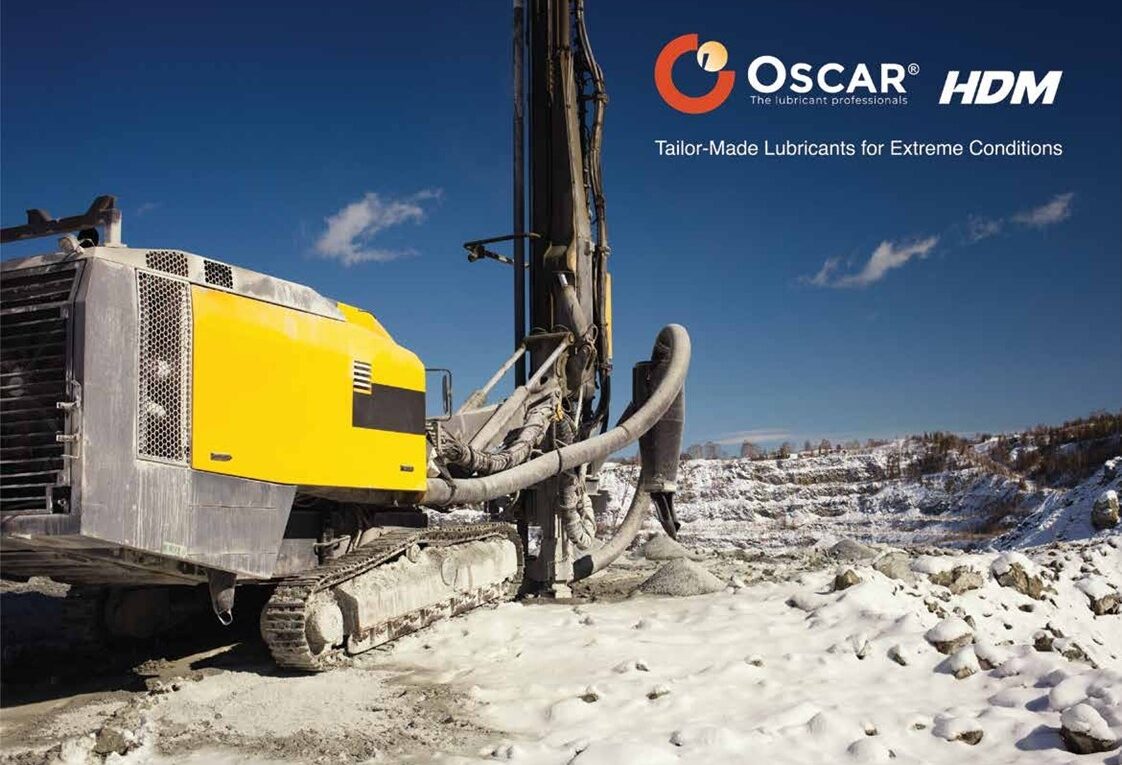How To Choose The Right Polyalkylene Glycol (PAG) Product
Selecting the correct Polyalkylene Glycol (PAG) product for your industrial application can make a significant difference in efficiency, longevity, and performance. Polyalkylene Glycol lubricants offer distinct benefits, such as high thermal stability, excellent lubricity, and low volatility, but not all PAGs are the same.
Understand your application’s specific needs:
The first step in selecting the right PAG product is to understand your application’s specific needs. PAG lubricants come in two primary categories: water-soluble and water-insoluble. Water-soluble PAGs are ideal for applications requiring easy cleaning or involving high moisture levels, such as compressors, hydraulic systems, or metalworking. Water-insoluble PAGs, instead, are better suited for high-load environments, including gearboxes, industrial bearings, and heavy machinery, where water resistance is a priority. Identifying the nature of your application helps you focus on the right type of PAG.
Check temperature and load requirements:
PAGs have a high thermal stability, which makes them suitable for extreme temperatures, but it’s essential to match the specific viscosity grade of the lubricant to your operating temperature and load conditions. For example, high-viscosity PAGs work better in high-temperature or high-load applications, ensuring a durable lubricant film that withstands the pressure. Conversely, low-viscosity PAGs are better for low-temperature or light-duty applications. Consulting temperature and load specifications helps you select a product that prevents wear and maintains performance.
Consider compatibility with materials:
PAG lubricants may react with certain elastomers, seals, and metals, so compatibility is important. Ensure that seals, gaskets, and other materials in your machinery can withstand prolonged exposure to PAGs. Fluoroelastomers (such as Viton) and PTFE materials are generally compatible with PAGs, while nitrile rubber and some plastics may degrade over time. Reviewing material compatibility with the chosen PAG product can prevent leaks, corrosion, or seal degradation.
Review OEM recommendations:
Original Equipment Manufacturers (OEMs) often provide recommendations on the most suitable lubricants for their machinery. These recommendations can be based on specific performance characteristics or tested results, so following these guidelines can be a safe choice. Some OEMs specifically recommend PAG lubricants for applications like industrial air compressors or refrigeration units, offering you a reliable starting point in your selection process.
Evaluate product quality and supplier reputation:
Not all PAG lubricants are created equal, so it’s wise to choose products from reputable suppliers who maintain high manufacturing standards. Look for PAGs that meet industry standards and have a proven track record for quality and performance. Reputable suppliers often provide technical support and guidance, helping you choose the best product for your application.
